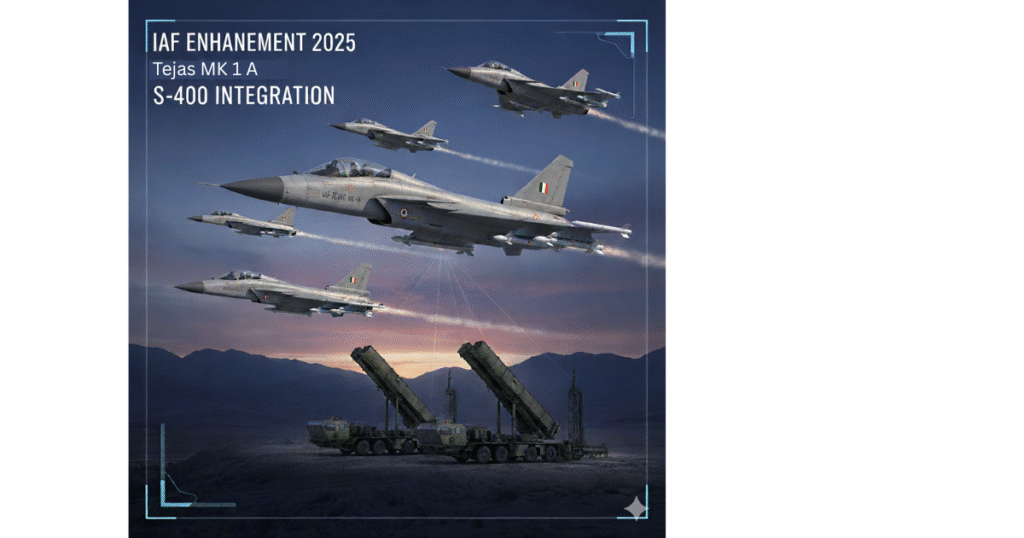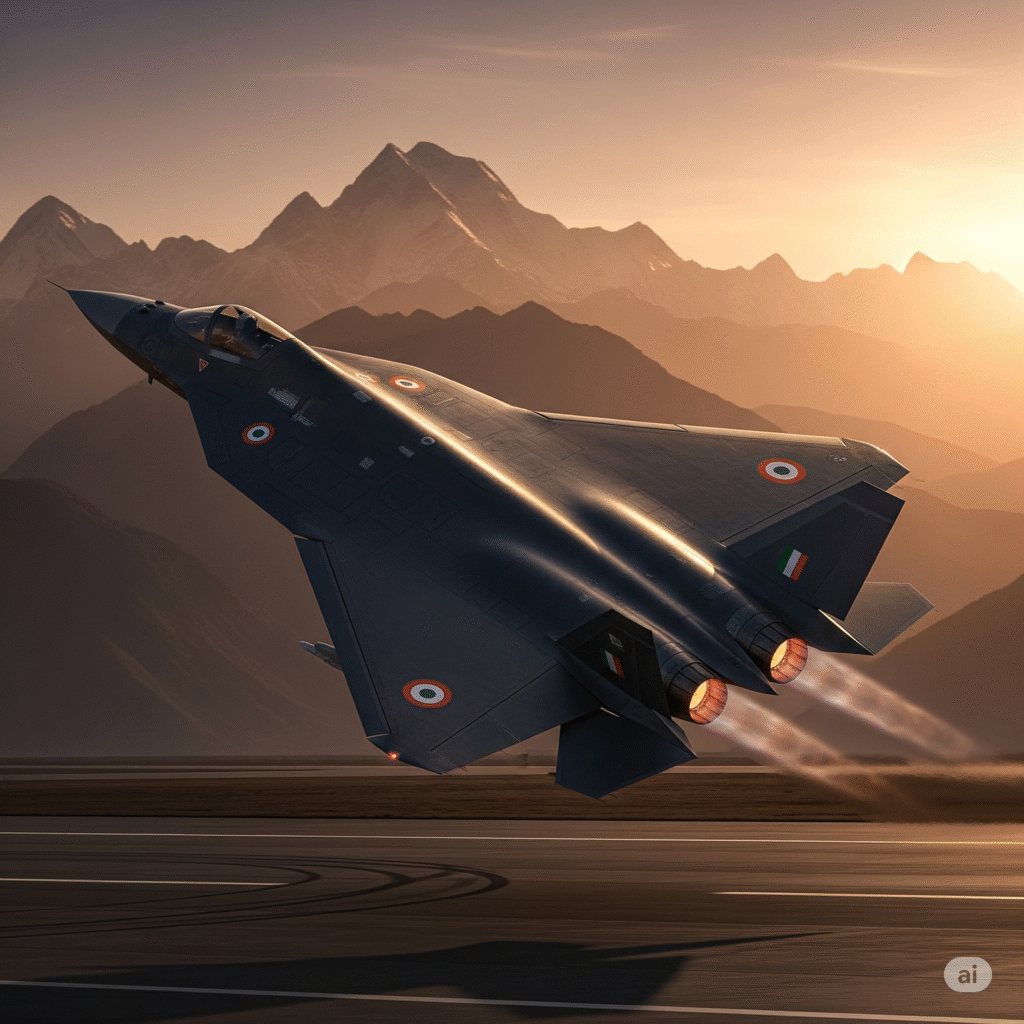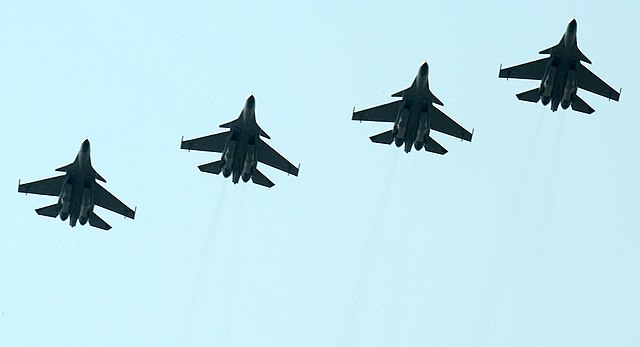IAF Squadron Strength 2025: Post-Tejas Mk-1A and S-400 Integration – A Path to Revival
Introduction: The IAF’s Squadron Crunch – A Wake-Up Call in 2025
The Indian Air Force (IAF) is at a crossroads in 2025, grappling with a squadron strength of just 29 operational squadrons against a sanctioned 42. This shortfall—exacerbated by the retirement of the last 36 MiG-21 Bison fighters by the end of September 2025—marks the lowest in history, leaving the force vulnerable to two-front threats from China and Pakistan. As per recent assessments, the IAF’s edge is thinning, with obsolete avionics in Su-30MKI fleets and delays in indigenous programs like Tejas Mk-1A.
However, hope emerges with the integration of Tejas Mk-1A jets and S-400 air defence systems. The first two Tejas Mk-1A aircraft are slated for delivery in October 2025, following successful weapons trials, while the fourth S-400 squadron is expected by year-end. This article explores the current state, the role of these systems, and the roadmap to 35+ squadrons by 2030. For context, see our recent coverage on Tejas Mk-1A deliveries and S-400 in Operation Sindoor.
Current Squadron Strength: A Stark Reality
As of October 2025, the IAF operates 29 squadrons, down from 30 in early 2025 due to MiG-21 phase-out. Each squadron typically comprises 16-18 aircraft, totaling ~460-520 combat jets. The sanctioned strength of 42 squadrons requires ~670-750 fighters, highlighting a critical 30% deficit.
Key contributors to the crunch:
- Retirements: MiG-21 (last squadron No. 23 “Panthers” decommissioned Sep 26, 2025) and MiG-29UPG (phasing out by 2026) have reduced numbers without immediate replacements.
- Delays: Tejas Mk-1A production hit by GE F404-IN20 engine shortages; only 38 of 40 Mk-1 delivered by Jan 2025.
- Regional Threats: China’s J-20 (200+ jets) and Pakistan’s JF-17 Block III (150+) outpace IAF growth.
An internal IAF post-Operation Sindoor assessment (May 2025) warns that even 42 squadrons may not suffice by 2030, urging faster inductions.
Tejas Mk-1A: The Indigenous Booster for Squadron Numbers
The Tejas Mk-1A, HAL’s upgraded light combat aircraft, is pivotal in refilling squadrons. With 83 contracted in 2021 (₹48,000 crore) and 97 more approved (₹62,370 crore), deliveries ramp up in October 2025—first two jets to Nal AFS, Rajasthan.
- Milestones: Weapons integration trials complete (Sep 2025); Astra Mk-1 firings successful. Production rate: 16 jets/year by 2026, rising to 24.
- Impact on Squadrons: Two Mk-1 squadrons operational (July 2025); Mk-1A to add 3 squadrons by late 2026, reaching 32 total. Indigenous content: 70%+ by 2026.
- Challenges: Engine delays from GE pushed first delivery from Feb 2024 to Oct 2025.
Tejas Mk-1A’s AESA radar and 10 hardpoints make it a MiG-21 successor, enhancing multi-role capabilities.
| Feature | Current IAF Squadrons | Tejas Mk-1A Contribution |
|---|---|---|
| Total Strength | 29 (Oct 2025) | +3 by late 2026 (to 32) |
| Production Rate | N/A | 16/year (2025-26) |
| Indigenous Content | Varies | 70%+ |
| Deployment | Punjab/Rajasthan | Nal AFS first |
S-400 Integration: Strengthening Defensive Posture
The S-400 “Triumf” (Sudarshan Chakra) air defence system bolsters squadron effectiveness by protecting assets. Three squadrons operational (Punjab/Rajasthan since 2021-23); fourth by Q4 2025, fifth by mid-2026.
- Milestones: Debut in Operation Sindoor (May 2025), intercepting drones at 300 km. Maintenance contract signed Aug 2025.
- Impact on Squadrons: Enables safe operations for Su-30MKI/Tejas in contested airspace; integrates with IACCS for layered defence.
- Challenges: CAATSA risks; 40N6 missiles (400 km) delayed.
S-400’s 600 km radar coverage allows squadrons to focus on offensive roles, mitigating the numerical gap.
| System | Squadrons Operational | Range | Integration with IAF |
|---|---|---|---|
| S-400 | 3 (2025) | 400 km | IACCS; +1 by Q4 2025 |
| Akash | 10+ | 30 km | Complementary short-range |
The 2030 Roadmap: From 29 to 42+ Squadrons
IAF’s plan to reach 42 squadrons by 2030 involves:
- Indigenous Push: 324 Tejas (all variants) for 18 squadrons; AMCA prototype by 2028.
- Foreign Acquisitions: 114 MRFA (Rafale/F-21) for 6 squadrons; Su-30MKI upgrades (84 jets).
- Timeline: 32 squadrons by 2026 (Tejas Mk-1A); 37 by 2028 (MRFA); 42+ by 2030 (AMCA).
Post-Sindoor assessment calls for 45+ squadrons amid China’s J-20 fleet.
Conclusion: A Resurgent IAF in 2025 and Beyond
IAF’s squadron strength at 29 in 2025 is a challenge, but Tejas Mk-1A and S-400 integrations signal revival. With 3 new Tejas squadrons by 2026, the force edges toward parity. For aspirants, this underscores career opportunities—check our NDA II 2025 guide. Subscribe for updates!
Poll: Will Tejas Mk-1A restore IAF supremacy?
- Yes
- No
- Partially
Download Infographic: IAF Squadron Growth 2025-2030
Join the Conversation: What’s your take on IAF’s future? Comment below. Follow @DefenceNiti on X! #IAF2025 #TejasMk1A #S400India #AatmanirbharBharat




Pingback: Explore the Tejas Mk-1A maiden flight test on October 17, 2025, and its impact on IAF’s future with 29 squadrons. - DefenceNiti.com
Pingback: INS Surat: India’s Largest Destroyer - DefenceNiti.com
Pingback: Tejas Mk-1A Pilot Training - DefenceNiti.com